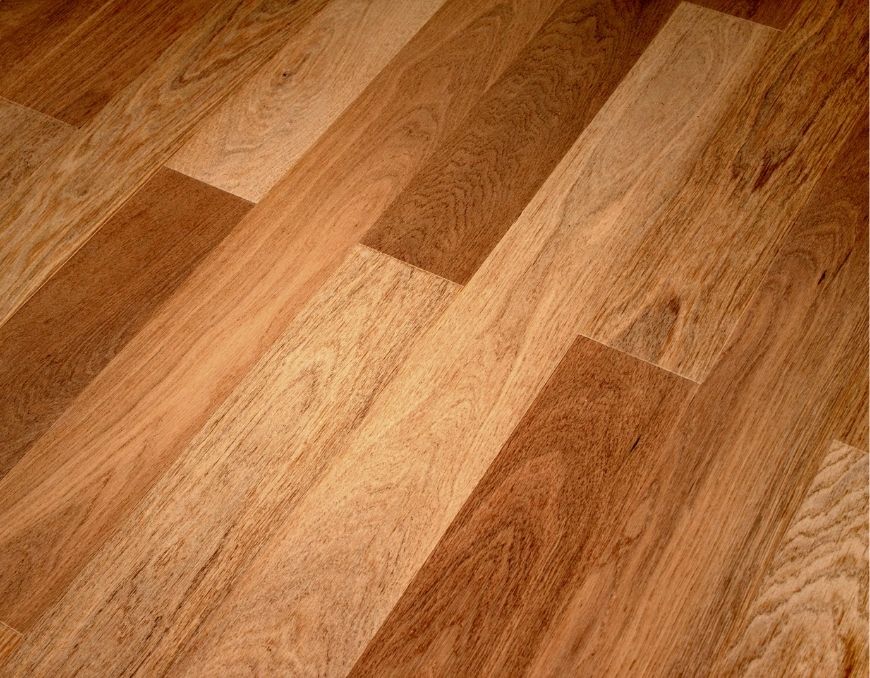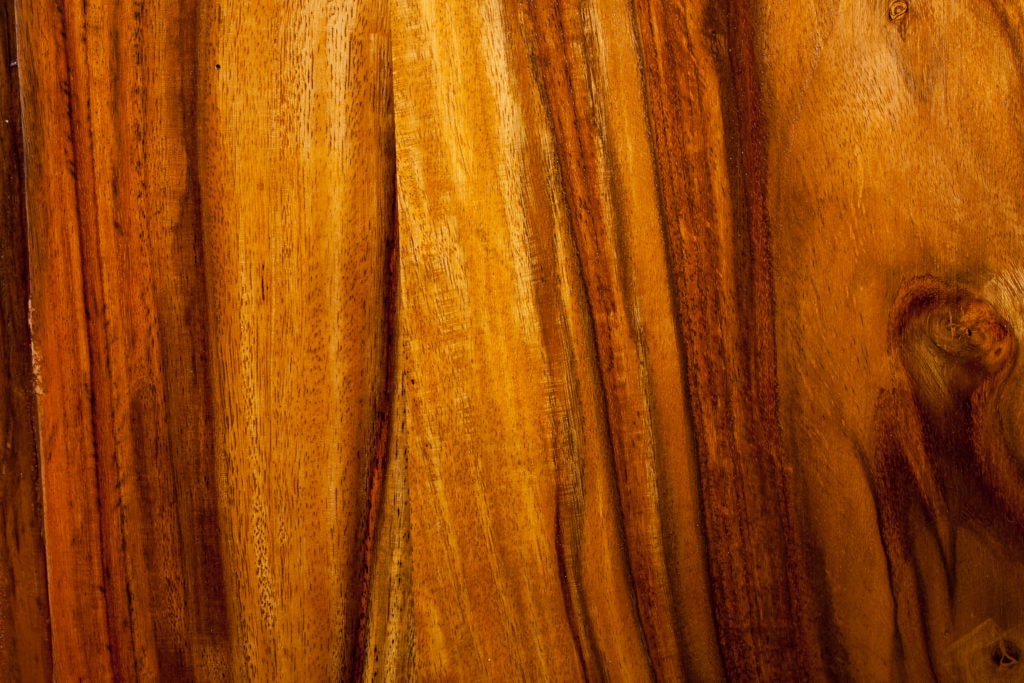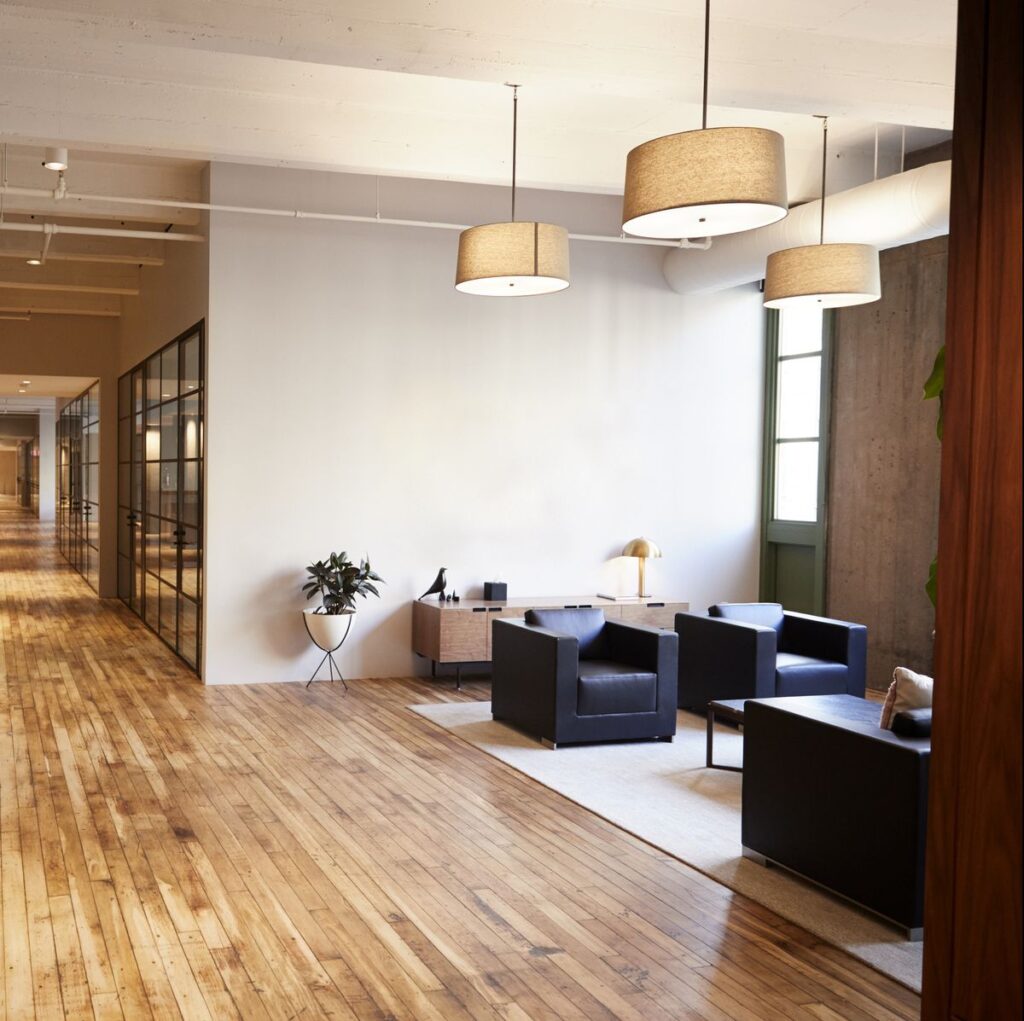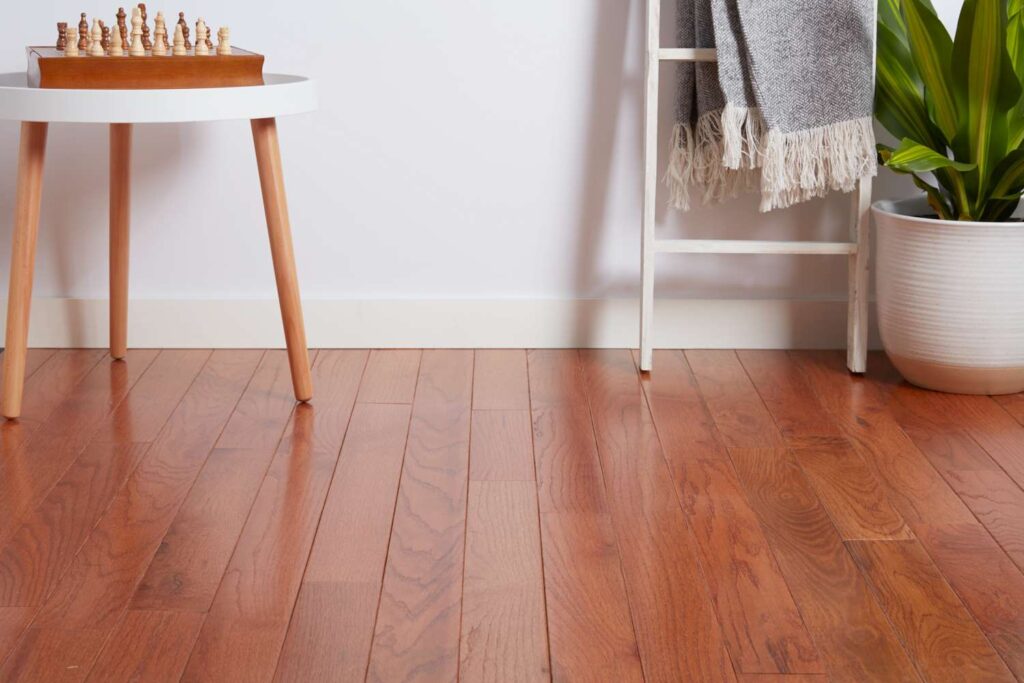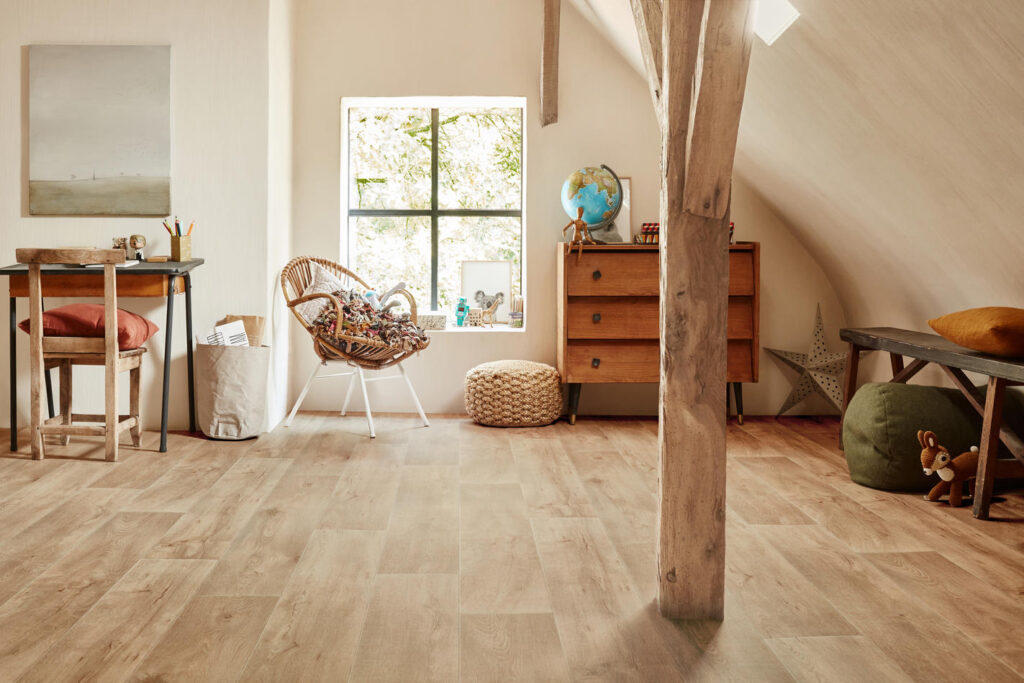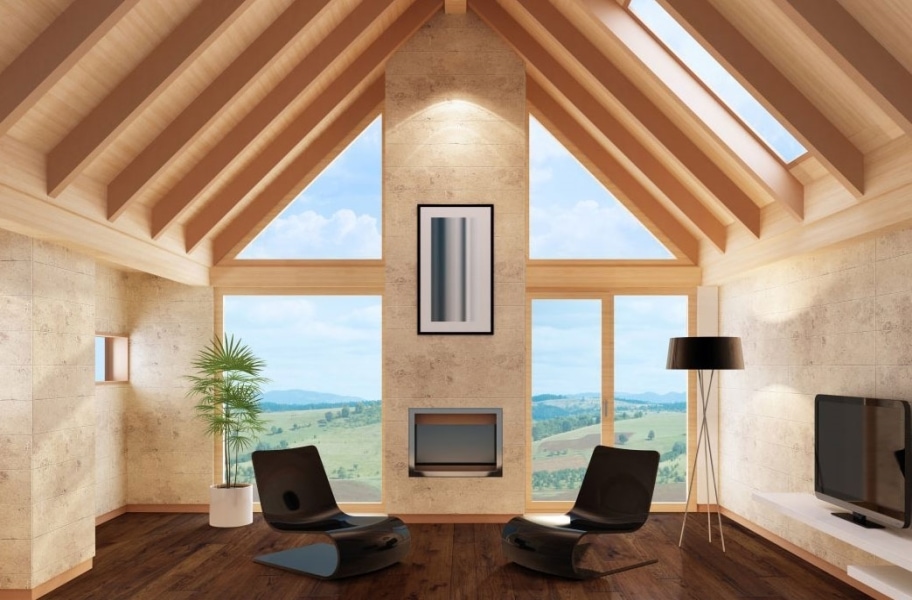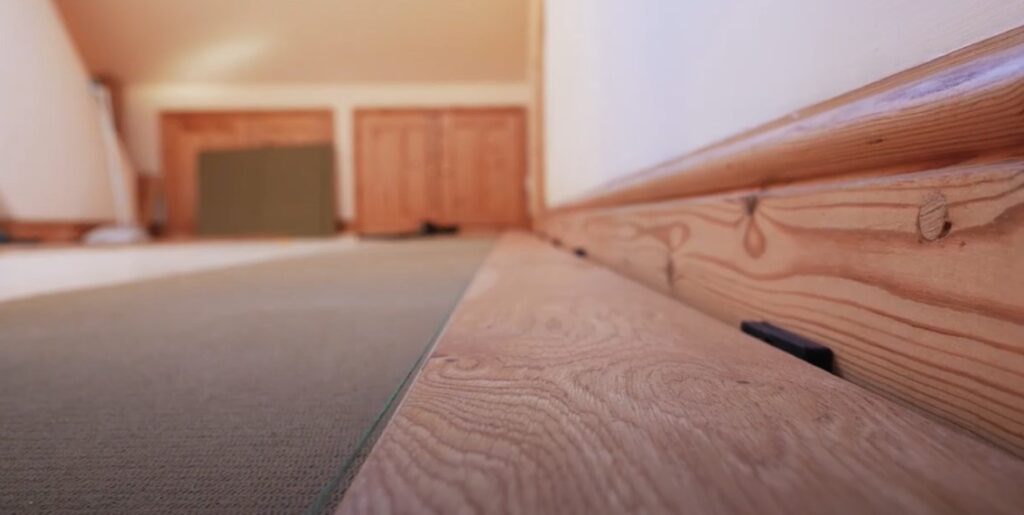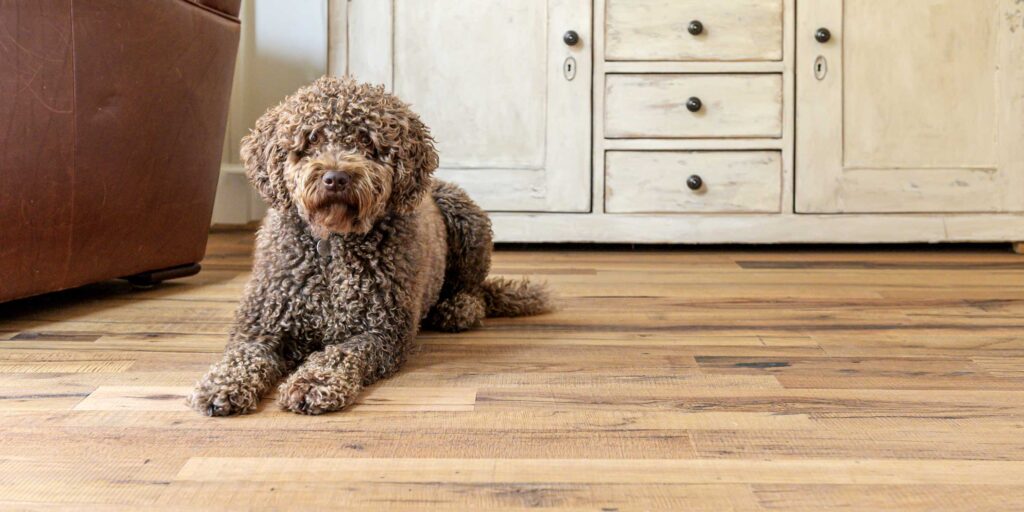If you’re sick of your carpeted or tiled floor, you might be thinking about investing in a hardwood floor for your home. Besides, it looks and feels cozier and more sophisticated! Even though hardwood flooring might feel enticing, make sure you consider a few things before ripping apart your floors and investing in hardwood. It’s certainly a stylish and exciting way to upgrade your home, but there’s not one size fits all. You have to be prepared for an immense amount of maintenance, like cleaning and sweeping. If your home is prone to leaks, it might be a good enough reason not to get a hardwood floor. Let’s take a look at 10 things to consider before investing.
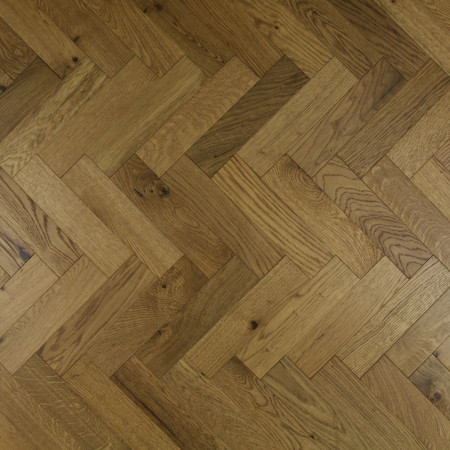
What’s Your Budget?
To get the best bang for your buck, you shouldn’t get the cheapest hardwood floor out there. Prices vary depending on the species of wood, the size of the plank, and whether you choose solid or engineered wood. Thick planks are more expensive than thinner planks. There’s a reason they say buy cheap, buy twice. If you’re on a stricter budget, oak flooring is the best bet. But if your budget runs a little higher, then you can get the rarer, more expensive walnut flooring. If you have a strict budget, try and do as much research as possible before selecting your hardwood flooring. You don’t want to look at your bill at the end and wonder if they mistakenly added an extra zero.
Additionally, when considering your hardwood flooring investment, it’s crucial to account for installation costs and long-term maintenance expenses. The installation process can significantly impact the overall quality and lifespan of your floor, so hiring experienced professionals is often a wise choice. Furthermore, investing in proper care and maintenance, such as regular cleaning, refinishing, and addressing any minor damages promptly, will help your hardwood floor retain its beauty and durability over time. Remember that the true value of your hardwood floor lies not just in its upfront cost but in its longevity and the satisfaction it brings to your living space. (Ambiance Hardwood Flooring).


